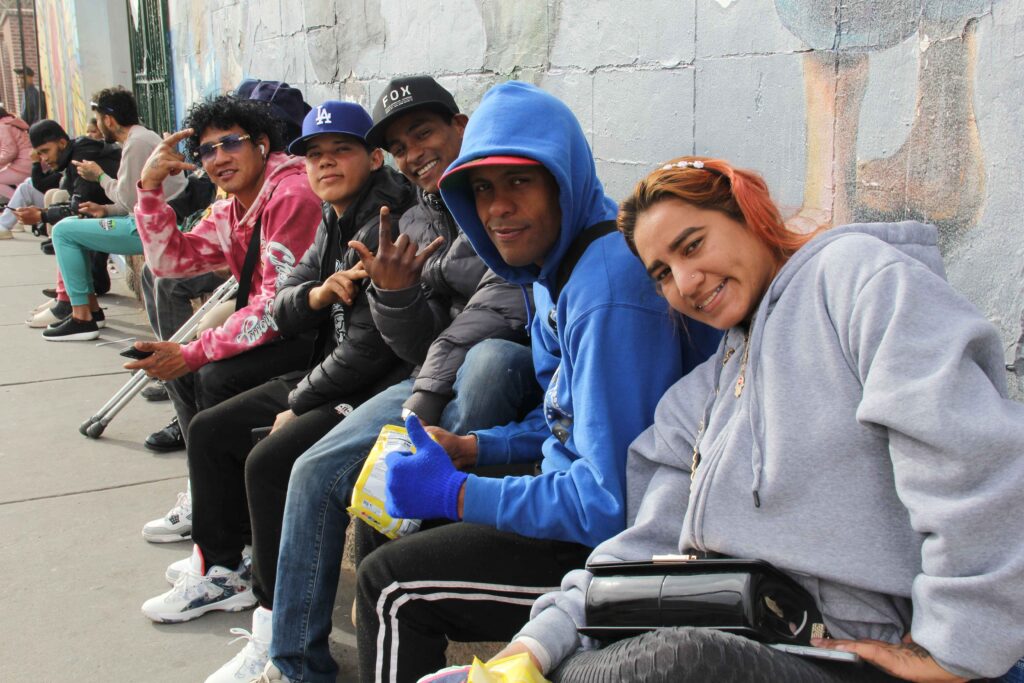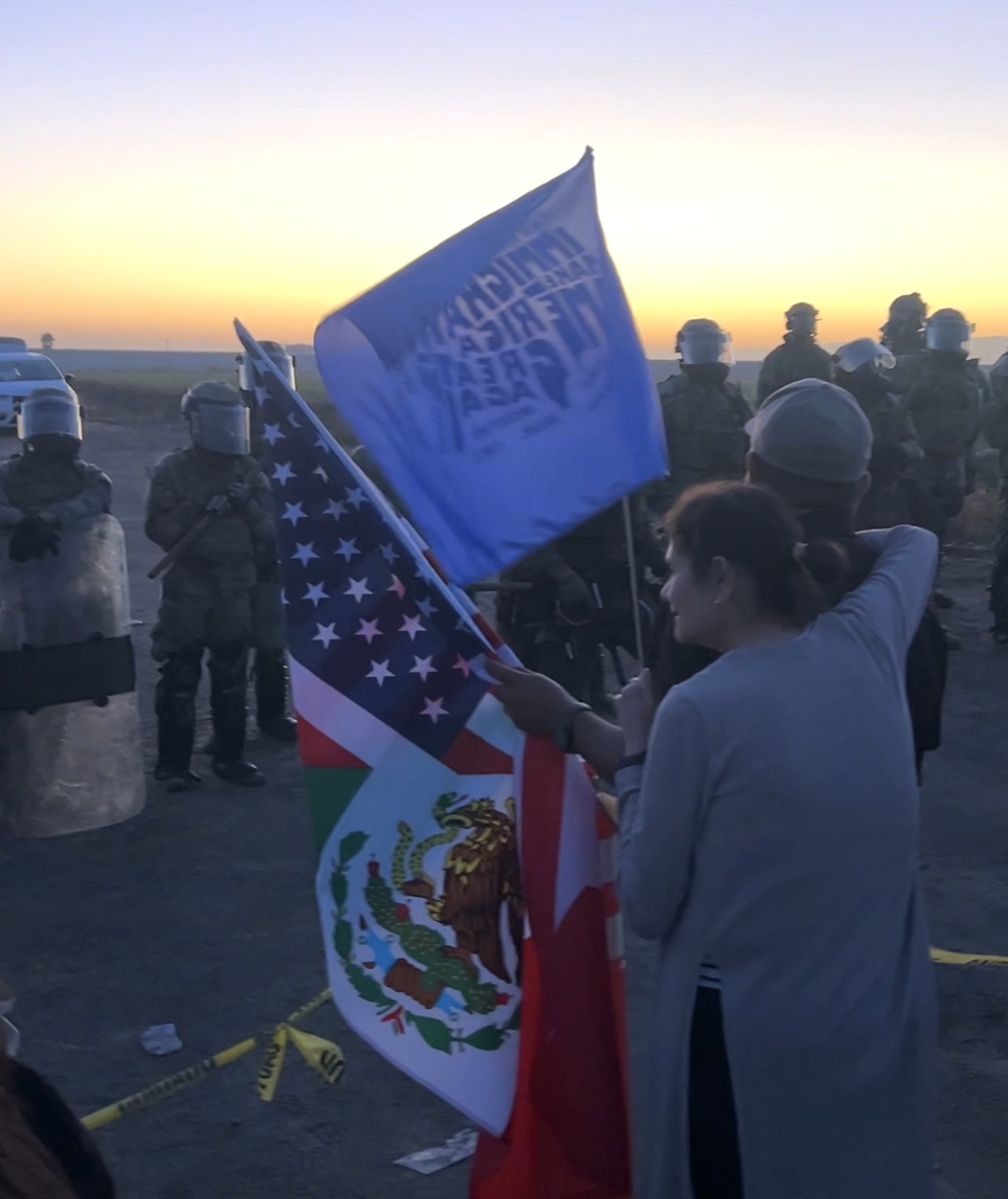(EL PASO, Texas) — Hundreds of migrants once filled the streets of El Paso’s Segundo Barrio (Second Ward) in 2022 and 2023. It is a neighborhood full of history and known for being an “entry for Mexican immigrants to the U.S.,” according to the Texas Historical Commission website. Not as many people are on the streets these days, but the city continues to be the first glimpse into American life for newly arriving migrants.
Although migrant releases into El Paso by Border Patrol have gone down significantly, according to the city’s migrant dashboard, Sacred Heart Shelter remains busy. It was one of the many shelters in the city to take in migrants who were being released after being processed.
The Click spoke with Michael DeBruhl, director of Sacred Heart Shelter and a retired border patrol officer, who reflected on last year’s events as migrants continue to enter El Paso seeking shelter and support.
(This interview has been edited for length and clarity.)
THE CLICK: How did you come to be Sacred Heart Shelter’s director? It seems like a big jump from working for the border patrol.
DeBruhl: Around 2016, 17, I was already retired of course, I could not abide by what I was hearing coming out of the administration that all these migrants were rapists, criminals and the thing about the drugs and that we were being invaded and separating children from their parents. I was very somewhat affected by that, and I didn’t really like that because I knew a lot of those things were not true. I was at church one day, they were asking people to help at shelters so I just volunteered …. I did not come to this really through any religious calling but rather that I could not abide by what I was hearing. The rhetoric I was hearing.
Were you here at the height of when the city was seeing hundreds of migrants on the streets?
When I got here I started to count people outside every day. There were 900, 1,000, 1,100 around that time in December of 2022. The capacity of the shelter was only 120. Most people stayed outside at that time.
How did that affect you —seeing so many people out on the street?
At the time I was so involved trying to bring structure to the shelter. Make sure that everybody in here got fed and clothed. We were all so busy there was no time to stop and think about looking back on it. It’s difficult because you can’t help everybody. You have to close the doors at some point. I think that was the difficult part.
It’s never really slowed down for the shelter?
No. Even when there were …1,300 people outside. Even when there are a thousand people outside. The rhythm of the shelter is pretty much the same.
You mentioned before our interview, a type of physical education class. How does that help the people you are housing?
A significant part of that is enrichment programs. We have a library for the children. We have a psychologist. She oversees enrichment programs. We have people that work with the children. What I see is that the parents have been very close to their children during the journey. When the children are involved in activities it really gives the parents their first chance to rest. That is a lot of what I really see my role as is to not only help people with the physical. That is the clothes, etc. but also start to humanize them. To let them see that they can trust again.


